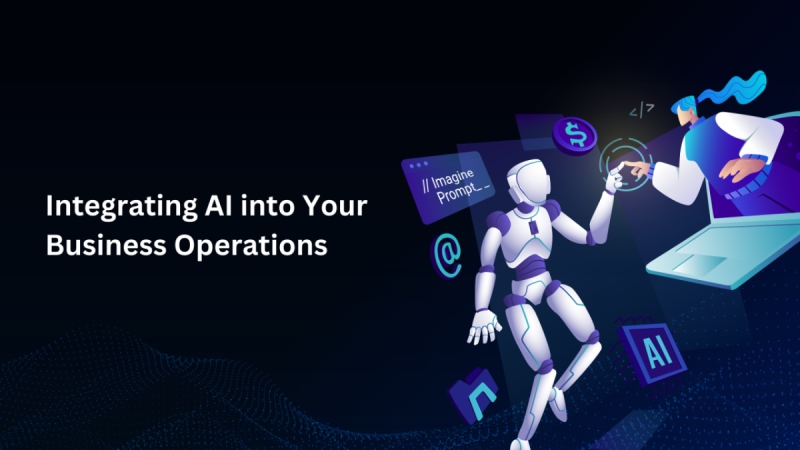Businesses that are just beginning to look into the possibilities of artificial intelligence (AI) may find the concept daunting. However, AI doesn’t have to be a complex or expensive investment; it can be as easy as automating a few essential tasks to increase productivity, save time, and improve customer satisfaction. Here’s a step-by-step guide to starting integrating AI into your business operations.
- Determine Which Areas Need Automation: Begin small. Look for the low-hanging fruit—areas where automation can have an immediate impact—rather than attempting to automate everything at once. Common areas consist of:
- Customer Support: AI-powered chatbots and virtual assistants are available 24/7 to respond to consumer questions in a prompt and reliable manner.
- Lead Generation: To guarantee that no opportunities are missed, lead capture forms can be automated or qualified using AI tools.
- Email marketing: AI can assist with email list segmentation and automated, customized campaigns that are based on consumer behavior. You can get instant advantages and create momentum for more intricate AI solutions by focusing on particular processes.
- Start with AI Solutions That Don’t Need Significant Changes: Adopting solutions that don’t necessitate significant adjustments to your business’s infrastructure is one of the best ways to introduce AI gradually. Many AI tools can be integrated with your current software systems without requiring a complete technical redesign because they are plug-and-play. For example:
- AI Voice Assistants: AI voice assistants can improve customer interaction without requiring significant adjustments to your current setup by serving as virtual sales assistants or receptionists.
- Automated Scheduling: By integrating with your calendar, AI tools can let clients make appointments on their own, cutting down on administrative work.
- Utilize AI to Boost Your Current Staff: AI increases human workers’ productivity rather than replacing them. AI, for example, can manage repetitive tasks, freeing up your team to concentrate on high-value tasks. Employees can devote more time to strategy, customer relations, and creativity by automating low-skilled tasks.
- Monitor and Iterate: After putting AI tools into practice, it’s essential to keep an eye on how well they’re working. Do clients interact with your chatbot? Do emails that are automatically generated have higher conversion rates? Utilize this information to make adjustments and enhancements. AI can be modified over time to better meet your needs because it thrives on feedback.
- The Long-Term Potential of AI: You can expand your AI capabilities to address increasingly complex problems, like predictive analytics, intelligent sales assistants, or fully automated marketing campaigns, as your company becomes more accustomed to automation. The options are endless, but you can test the waters without making a big financial commitment by starting small.
AI doesn’t need to be frightening. Automate basic tasks first, then work your way up from there. AI is a huge help to modern businesses, whether your goal is to increase sales, improve customer service, or streamline operations. The efficiency of your business in the future depends on starting now.
